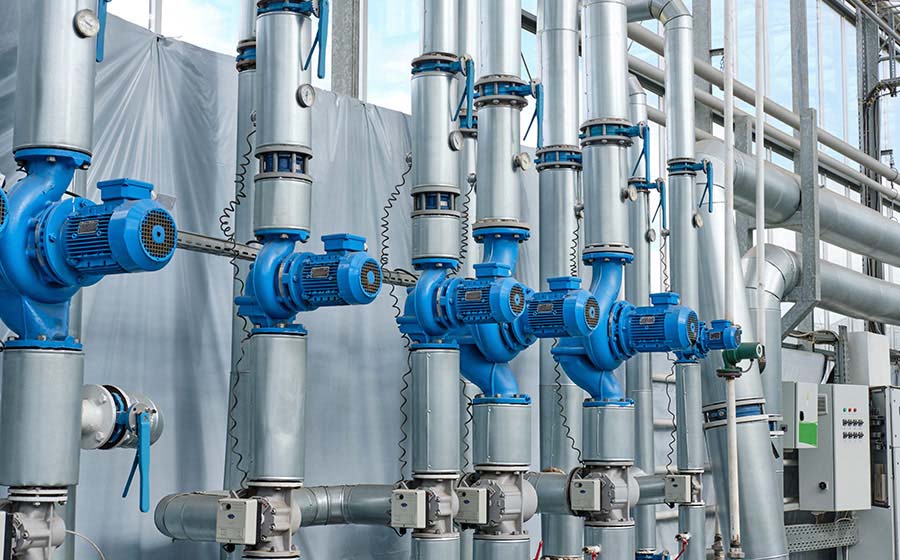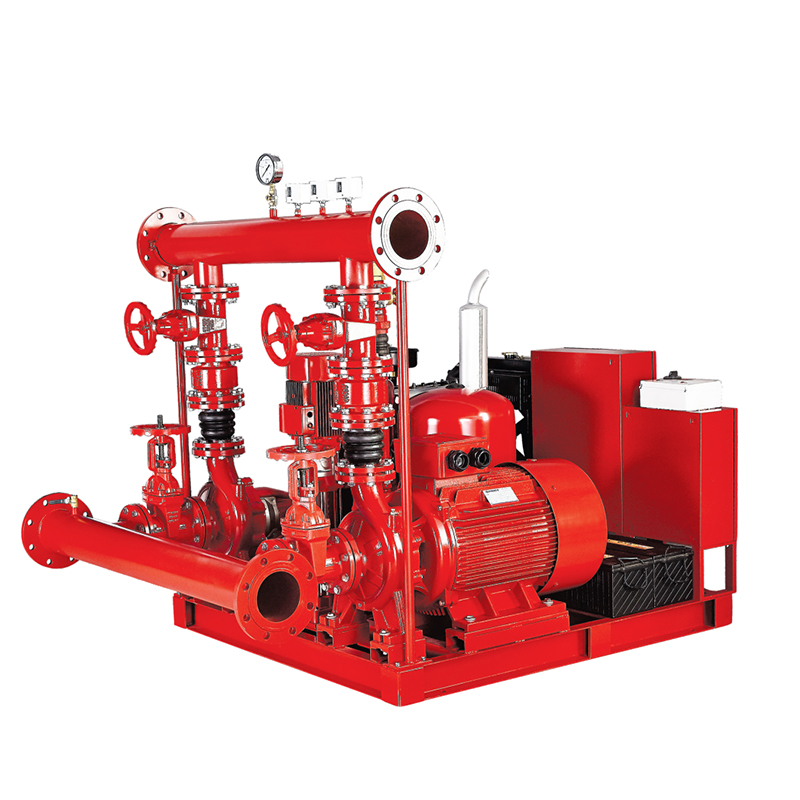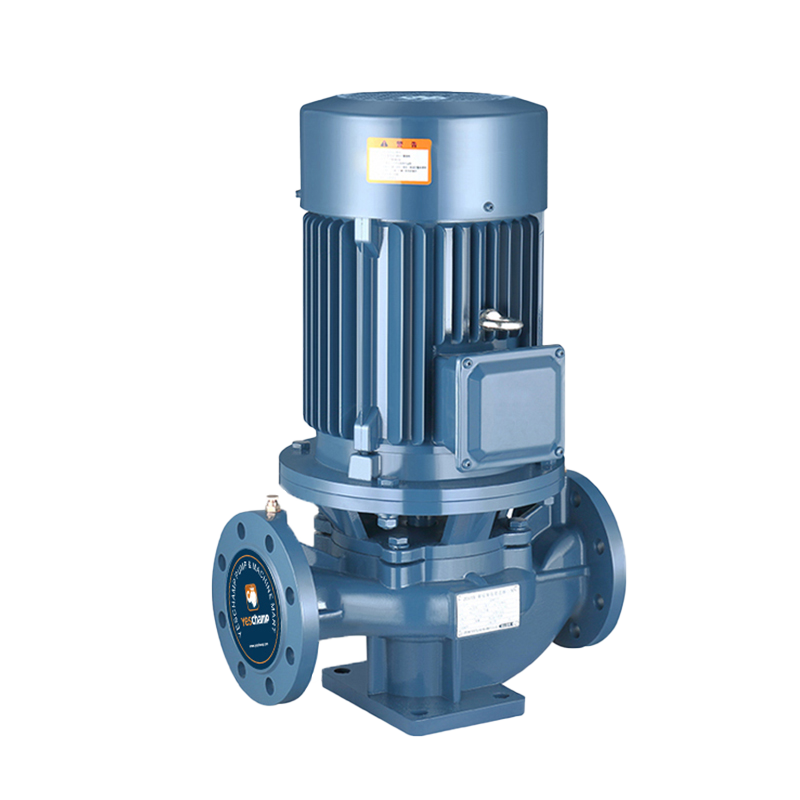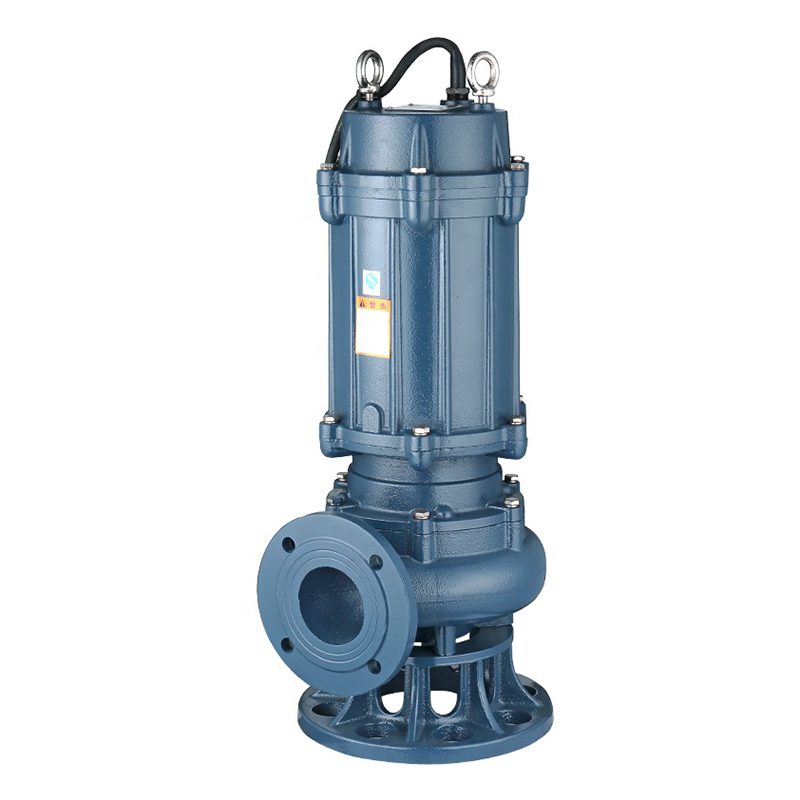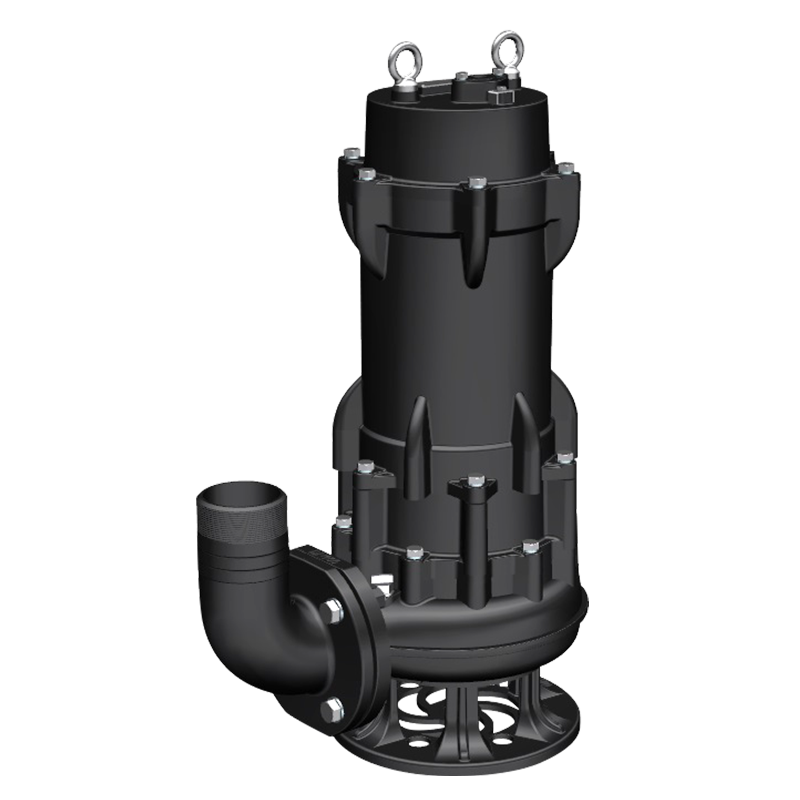When wastewater can't flow away from your property by gravity, you need a reliable workhorse to get the job done: a sewage pump. These essential devices are the unsung heroes of basements and properties located below the main sewer line. Understanding how they work, the different types available, and what to look for when buying one is crucial for any homeowner or contractor.
What is a Sewage Pump and How Does It Work?
A sewage pump is a type of centrifugal pump designed to move wastewater and sewage from a lower elevation to a higher one. Unlike a sump pump, which handles relatively clear water, a sewage pump is built to handle soft solids and debris typically found in household wastewater.
Here’s a simplified breakdown of how it works:
Wastewater from toilets, sinks, and showers flows into a dedicated basin (or sewage pit).
A float switch, similar to the one in your toilet tank, rises with the water level.
Once the water reaches a predetermined height, the float switch activates the pump.
The pump's impeller spins, creating centrifugal force that pushes the wastewater through a discharge pipe and into the main sewer or septic line.
Submersible vs. Pedestal Sewage Pumps: Which is Right for You?
The two primary types of sewage pumps are defined by their installation style. Choosing the right one depends on your specific needs.
1. Submersible Sewage Pumps
As the name suggests, these pumps are designed to operate fully submerged inside the sewage basin. They are sealed and waterproofed to prevent electrical shorts and damage.
Pros:
Quiet Operation: Being underwater significantly dampens the noise.
Space-Saving: The entire unit is inside the pit, leaving your basement floor space clear.
Less Prone to Overheating: The surrounding water helps cool the motor during operation.
Cons:
Higher Initial Cost: Typically more expensive than pedestal models.
Potentially Shorter Lifespan: Constant immersion can lead to wear on seals over time.
2. Pedestal Sewage Pumps
With a pedestal pump, the motor is mounted on a pedestal above the basin lid, with only the impeller hose extending down into the water.
Pros:
Easier Maintenance & Repair: The motor is easily accessible without needing to enter the pit.
Longer Motor Life: The motor stays dry and cool, often leading to a longer lifespan.
Lower Cost: Generally more affordable than submersible models.
Cons:
Noisy: The exposed motor creates more operational noise.
Takes Up Floor Space: The pedestal requires space next to the basin.
Not Suitable for Small Pits: The height of the unit can be a constraint.
Investing in the right sewage pump is an investment in the functionality and hygiene of your property. By understanding the types, applications, and key selection criteria, you can make an informed decision that will provide reliable service for years to come. Whether you're installing a new basement bathroom or replacing an old unit, choosing a quality pump from a reputable brand is the best way to prevent messy and expensive backups.
 English
English عربى
عربى
 Fire Pump and System
Fire Pump and System Split Case Pump
Split Case Pump Engine and Pump
Engine and Pump Long Shaft Pump
Long Shaft Pump Multistage pump
Multistage pump Water Supplier System
Water Supplier System Sewage Pump
Sewage Pump Industrial Pump
Industrial Pump Self-Priming Pump
Self-Priming Pump Inline Pump
Inline Pump Domestic Pump
Domestic Pump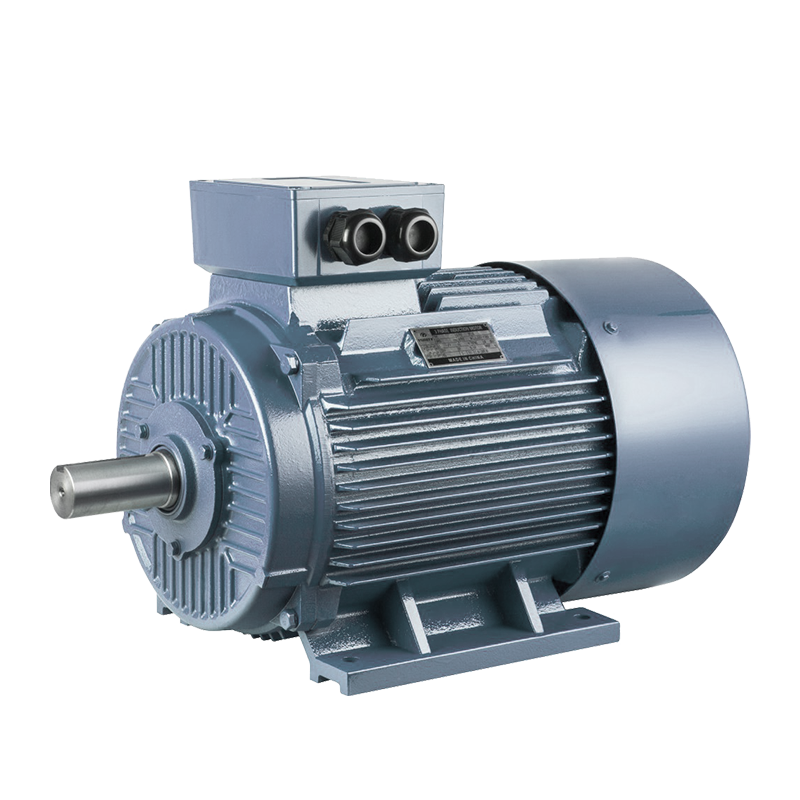 Electric Motor
Electric Motor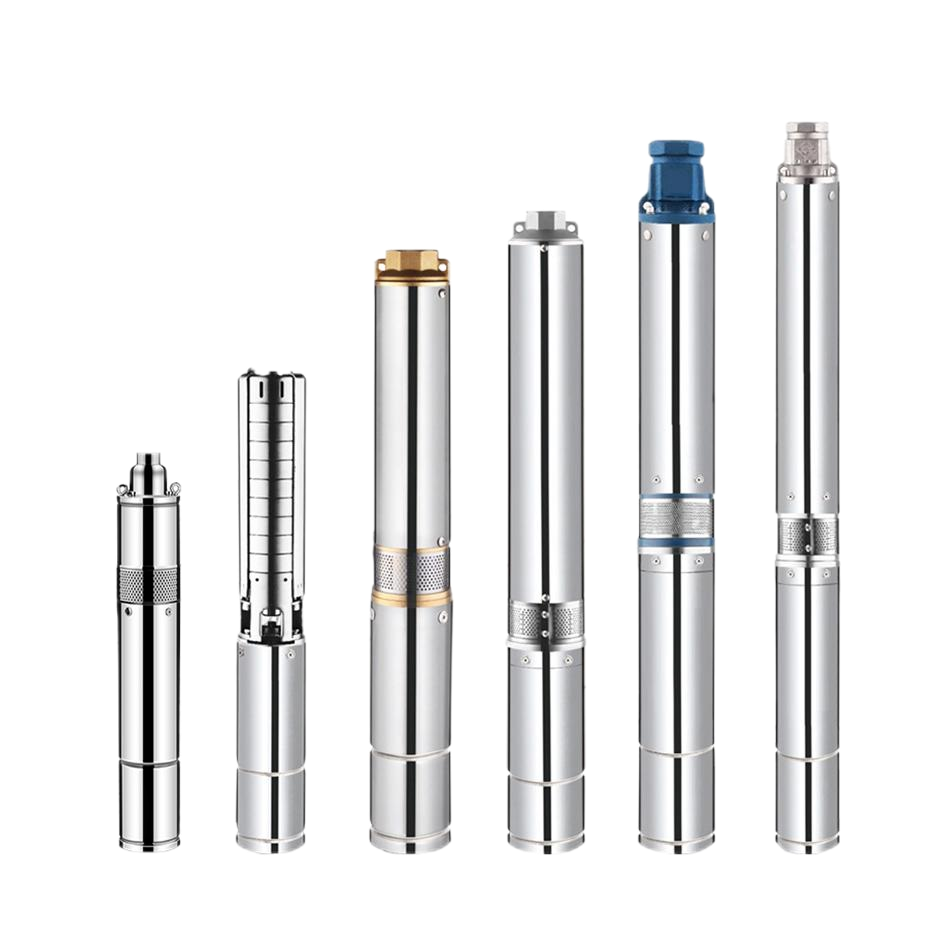 Borehole Pump
Borehole Pump